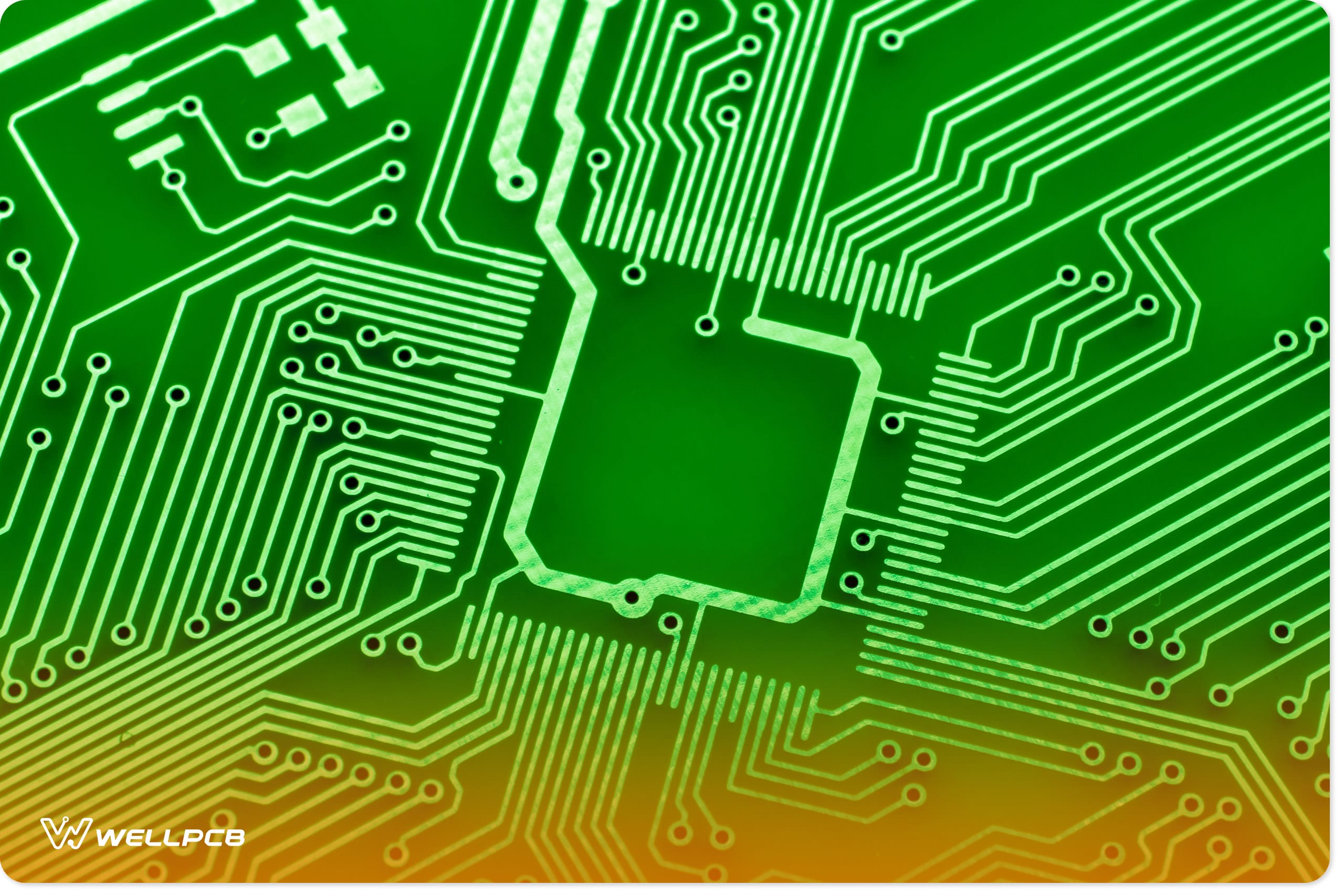Why Are Motherboards Green?

Motherboards are often green, but it’s not the entire board—just the outer layer called the solder mask. This is a protective coating that’s made of hardened resins with colored pigments. As such, manufacturers apply these solder-resist oils to the board like a silkscreen, giving it the iconic green color we’re so familiar with.
Solder masks serve an essential purpose: they shield delicate electronic traces from damage and preserve the board’s core. For instance, the core of a standard FR-4 circuit board is naturally a plain, yellow color; but with the solder mask in place, the board appears solid green.
While green is the most popular, solder masks are actually available in a variety of colors, including blue, black, yellow, and white—even exotic shades like matte orange, purple, or pink. Given all these options, why is green the most popular?
Green Reduces Visual Fatigue and Makes Inspection Easier
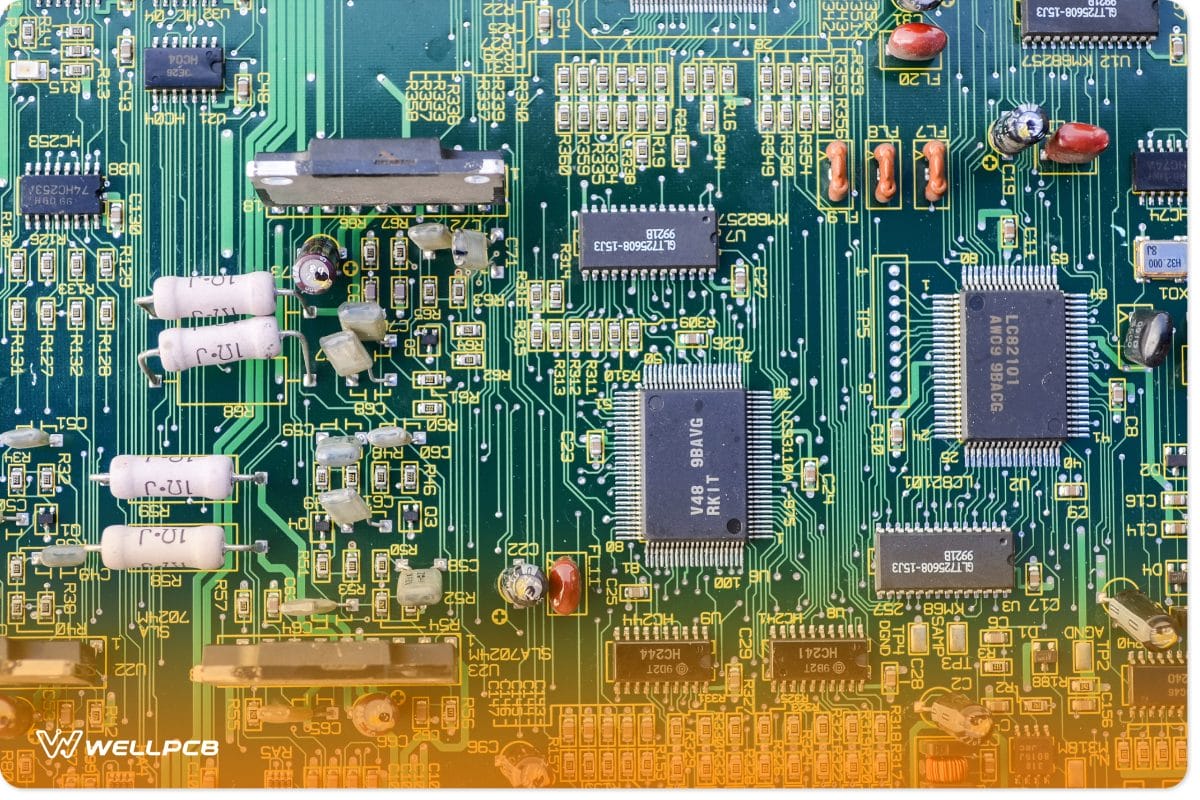
In the early days of PCB manufacturing, workers relied on manual inspections to identify defects. But examining tiny circuits for extended periods often led to visual strain. Psychologists and neurologists generally agree that green wavelengths are less straining for the human eye compared to other colors.
This makes green a practical and user-friendly choice for situations that require extended visual focus, such as manual PCB inspection. Our eyes are also more sensitive to green than other colors, so it’s easier to detect flaws in the outer layers of a PCB.
Green Solder Masks Have Superior Properties

When it comes to form factor and performance, green solder masks outshine their colorful counterparts—even if they are more aesthetically pleasing. For instance, green solder masks can achieve dam widths of 0.1mm, while other colors like yellow, red, and blue are limited to around 0.12mm. Black and white fare even worse, maxing out at 0.15mm. This precision makes green solder masks the top choice for designs requiring the highest performance standards.
Green Works for Bulk Production
Switching to a different solder mask color typically involves extra steps, such as removing excess solder mask oils and cleaning silkscreens. Furthermore, producing lighter-colored solder mask shades often requires dedicated silkscreen stations to apply black ink. These extra steps waste chemicals, slow down production and reduce efficiency—making non-green solder masks less practical for large-scale manufacturing.
Some manufacturers may reject requests combining specific colors with any color that isn’t green. This is because green allows manufacturers to group various orders and PCB designs on a single panel, which is a great way to maximize real estate and reduce waste. While custom solder masks are difficult to produce with all the necessary qualities, turnkey PCB assembly solutions can simplify this process and lead to more reliable outcomes.

Other Colors of Motherboards
While green is the most common color for motherboards, several alternatives are available. Here’s a closer look at popular options:
Red
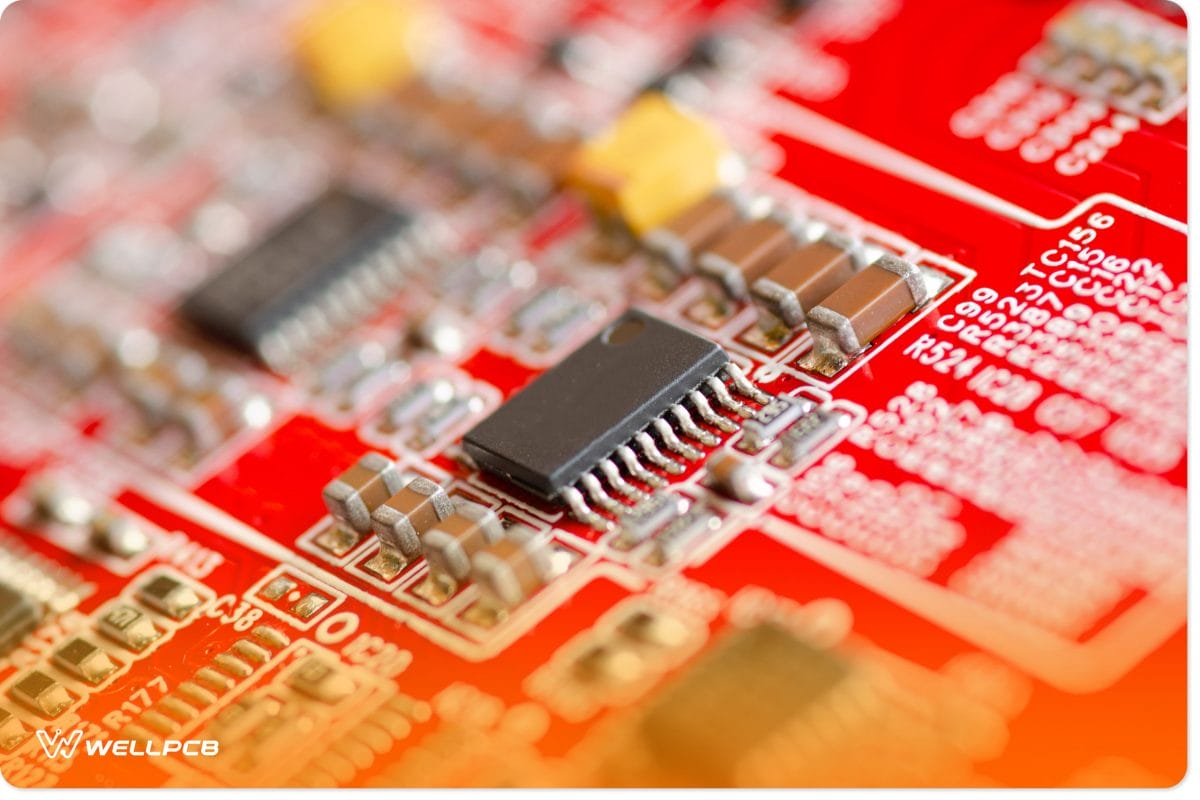
Red motherboards are a relatively popular alternative, offering excellent contrast that rivals that of green. This makes it easy to identify labels and markings, which is why red is often used for prototype boards in the product development phase. Tools like circuit simulators help engineers assess PCB designs, including the visual clarity offered by red and green solder masks.
Though prototypes were initially the primary use, red motherboards are now widely available to the general public.
Black
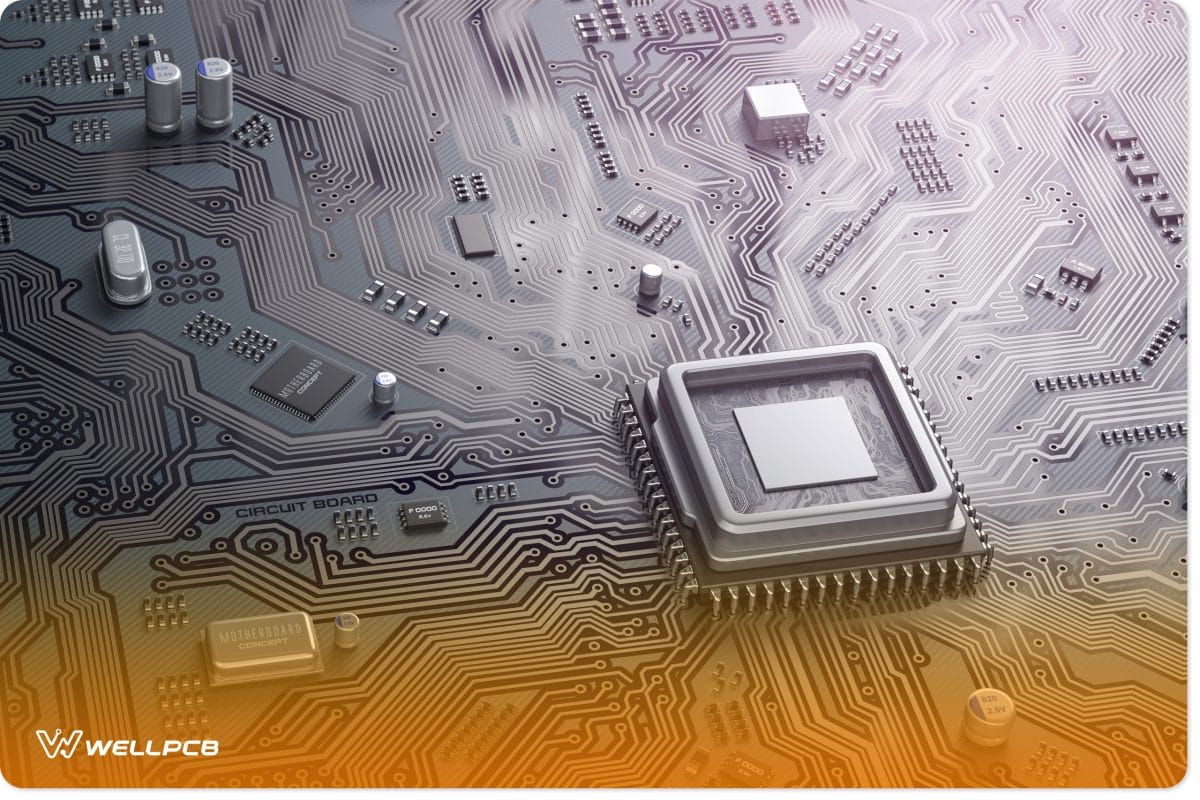
Black motherboards are incredibly rare, as they’re more expensive to produce and pose unique manufacturing challenges. Lettering and labels on black boards are difficult to print and inspect, often requiring bright lighting and magnification.
Despite these challenges, black motherboards offer enhanced thermal absorption, which can be useful in certain applications. However, as these boards tend to accumulate visible dirt more easily, they may require more frequent cleaning to maintain performance.
White
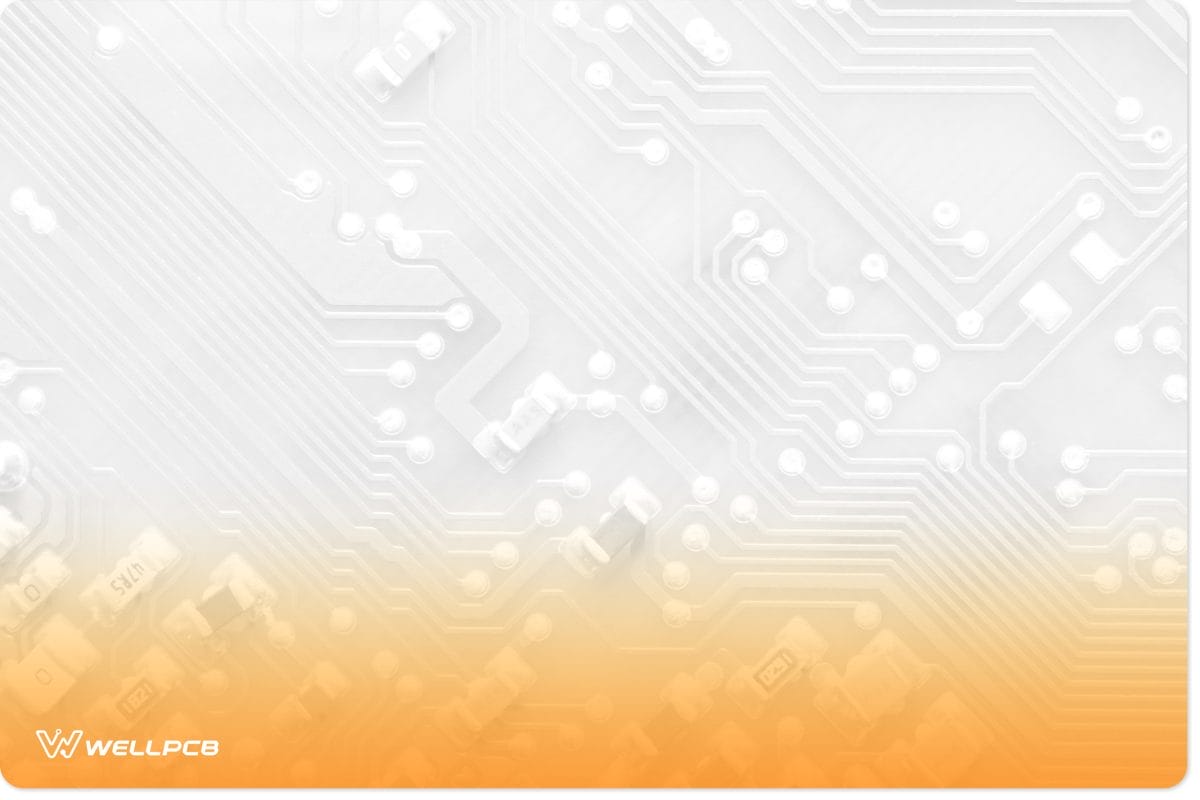
White motherboards are similar to their black counterparts, given their rarity and relatively high production costs. White boards offer minimal contrast, which makes standard board labels and inscriptions harder to read. They’re nevertheless a popular choice for custom builds, especially when paired with custom lighting.
Custom white motherboards are available, but they inevitably cost more due to their complexity and niche demand.
Blue

While blue motherboards dominate green in the aesthetics department—often standing out in product lineups thanks to their vibrant color—they don’t come close in terms of functionality. Blue offers lower contrast, which can make inspections more difficult without magnification or enhanced lighting
Nevertheless, blue remains a popular choice for manufacturers dealing with label-heavy motherboards, or those looking to add visual appeal.
Other Colors
Motherboards aren’t limited to the colors listed above. If you’re after something truly unique, you can opt for a more exotic variant like orange, lime, or purple. You can even request custom coatings for motherboards in your preferred shade.
Of these, yellow stands out as a particularly effective option. It offers excellent contrast—second only to green—but is prone to fading over time, often taking on a brownish tint after years of use.
FAQs
Do Motherboard Colors Matter?
While the color of a motherboard doesn’t directly impact its performance, it plays a role in making inspections easier during production. Beyond that, motherboard colors are mainly about aesthetics.
Can You Pick Your Motherboard Color?
Yes, some PCB manufacturers allow custom color options for unique motherboard designs. However, this customization can be expensive. If you’re looking for something visually appealing without the high cost, consider choosing from pre-designed motherboards in specific colors.
Can You Cover Your Motherboard?
You can enhance your motherboard’s appearance by using a cover plate. While it won’t cover all sections of the board, this is a viable alternative to changing the solder mask color. Unfortunately, not all boards are compatible with cover plates, and using one may reduce accessibility to certain components.
Are the Motherboard and Circuit Board the Same Thing?
All motherboards are circuit boards, but not all circuit boards are motherboards. A motherboard is a specialized circuit board designed to power and control a computing device. Through ports and expansion slots, you can add extra circuits to a motherboard.
Other circuit boards, however, are designed for specific tasks and can vary greatly in size and complexity.
Conclusion
When you open a PC, you’re more likely to see rich green than any other color of the rainbow. As we’ve seen in this article, green is the preferred motherboard color for its ease of production and broad aesthetic value.
While motherboards started as brown, that resulted in several difficulties that couldn’t be ignored—especially during the inspection phase. Green offered better visibility, improved functionality, and quickly gained widespread adoption—especially after Intel introduced its first green motherboards.
While green remains the most popular choice for its practicality, motherboards are available in various colors to suit different aesthetic preferences. Regardless of color, the performance of the board remains unchanged.
Do you have any questions or need assistance with custom motherboard options? Contact WellPCB, and we’ll be glad to assist!






